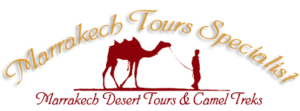interesting facts about morocco
Morocco it is a land of tolerance, a blend of cultures and religions,see the influence of Phoenicians, Romans, Berbers, Jews, Arabs, and the Portuguese and French and a country known for its amazing hospitality.
Picturesque rocky landscapes and world-famous cuisine, along with its great heritage makes Morocco one of the most exotic destinations in the world. Every region of the country is unique and has a unique national culture.
Officially the Kingdom of Morocco is a country located in North Africa. It has a population of more than 35 million and an area of 710,850 km². Morocco is a constitutional monarchy with an elected parliament. Most Moroccans speak either Moroccan Arabic or one of the Berber languages as a mother tongue. Morocco’s capital city is Rabat, its largest city is Casablanca and it is also its main seaport. Other cities include Fes, Marrakech, Meknes, Tangier, and Agadir.
The full Arabic name Al-Maghreb means “where the sun has set”.The English name “Morocco” originates from Spanish “Marruecos” or the Portuguese “Marrocos”, from medieval Latin “Morroch”, which referred to the name of the former Almoravid and Almohad capital, Marrakech In Persian and Urdu, Morocco is still called “Marrakech”. Until recent decades, Morocco was called “Marrakech” in Middle Eastern Arabic. In Turkish, Morocco is called “Fes” which comes from the ancient Idrisid and Marinid capital Fes. The word “Marrakech” is made of the Berber word combination Murt n Akush (Murt n Akuc), meaning Land of God.
The earliest well-known Moroccan independent state was the Berber kingdom of Mauritian under king Bocchus I. This Berber Kingdom of Mauritian (current northern Morocco) dates at least to 110 BC. The region remained a part of the Roman Empire until 429 AD when invading Vandals overran the area and Roman administrative presence came to an end.
Omayyad Muslims conquered the region in the 7th century, bringing their language, their system of government, and Islam, to which many of the Berbers slowly converted, mostly after the Arab rule receded. In the Islamic era the first Moroccan Muslim state, independent from the Abbasid Empire, was The Kingdom of Nekor, an emirate in the Rif area. It was founded by the Legend of Salih I ibn Mansur in 710 AD, as a client state to Caliphate grant according to the Medieval Legends Idris I fled to Morocco from the Abbasids massacre against his tribe in Iraq and managed to convince the Awraba Berber tribes to break allegiance to the distant Abbasid caliphs in Baghdad. He founded the Idrisid Dynasty in 780 AD. Morocco became later a centre of learning and a major power. From the 11th century on wards, a series of powerful Berber dynasties arose. Under the Almoravid dynasty and the Almohad dynasty, Morocco dominated the Maghreb, Muslim-conquered Spain, and the western Mediterranean region. In the 13th century, the Merinids gained power over Morocco and strove to replicate the successes of the Almohads. In the 15th century, the Reconquista ended Islamic rule in central and southern Iberia (modern day Spain + Portugal) and many Muslims and Jews fled to Morocco. Under the Saadi Dynasty, the first Moroccan dynasty initiated by ethnic Arabs since the Idrisids, the country would consolidate power and fight off Portuguese and Ottoman invaders, as in the battle of Ksar el Kebir. The reign of Ahmad al-Mansur brought new wealth and prestige to the Sultanate, and a massive invasion of the Songhay Empire was initiated.
In 1912, after the First Moroccan Crisis and the Agadir Crisis, the Treaty of Fes was signed, effectively dividing Morocco into a French and a Spanish protectorate.
In 1956, after forty-four years of occupation, Morocco regained independence from France and Spain and became the “Kingdom of Morocco”.
Morocco has a coast on the Atlantic Ocean that reaches past the Strait of Gibraltar into the Mediterranean Sea. It’s neighbour to the north is Spain, Algeria to the east, and to the south is Mauritania. The geography of Morocco spans from the Atlantic Ocean to mountainous areas, to the Sahara (desert). A large part of Morocco is mountainous. The Atlas Mountains are located mainly in the center and the south of the country. The Rif Mountains are located in the north of the country. Both ranges are mainly inhabited by the Berber people. Morocco is the fifty-seventh largest country in the world. The Atlas Mountains run down the backbone of the country, from the south-west to the northeast. Most of the south east portion of the country is in the Sahara Desert and as such is generally sparsely populated and unproductive economically. Most of the population lives to the north of these mountains, while to the south is the desert.
Introducing Morocco
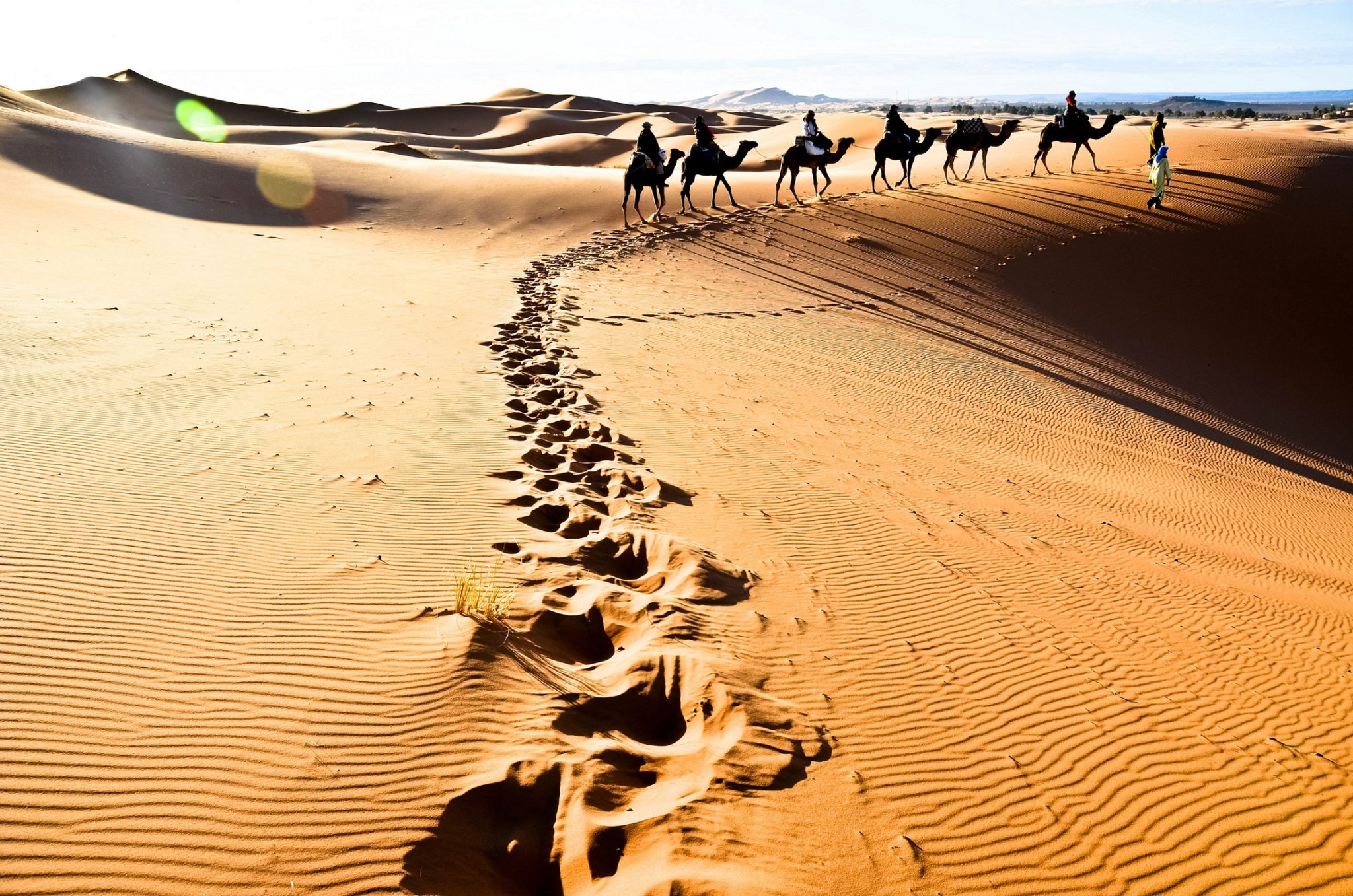
For centuries, Morocco has enticed travelers. For some it means souk, streets striped with sunlight filtered through lattice roofing, spice odours, the glow of carpets in cavernous emporium, kaftans, lipstick-red leather, the shine of copper. this is of course the land where Delacroix and Matisse discovered colour. for others, Morocco is the tawny smell of brasero-cooked tajine, frothy tea glasses stuffed with infusing leaves, honey sticky gazelle horns. Morocco is both remote and familiar. Its arid wastes and kasbahs star in films, its cities can be secretive, seething, contrasted: austere Fes and Rick’s Casablanca, maverick Tangier and Goytisolo’s Marrakesh. Northernmost state in Africa, on the western edge of the Muslim world, Morocco is also the closest Arab land to Europe. But the Arabness has taken the imprint of the region’s original inhabitants, the mountain dwelling Imazighen. this unusual mix of the Arab and the Amazigh, with French and Spanish tints added during 20 th-century colonisation, distinguishes the Moroccans from the peoples of the Middle East. The country’s history divides into the obscure pre-Islamic past and the centuries of often brilliant Islamic civilisation following the Arab-Muslim conquest in the seventh century AD. From the 16 th to the 19th century, the sultans were busy keeping expanding Europe at bay. A difficult coastline and high mountains enabled Morocco’s peoples to maintain their independence into the early 20 th century. And it is probably in the fierceness of the landscapes that Morocco is at its most spectacular. A couple of hours’flight from Europe are Dune Deserts and oasis gorges, arid mountains and cedar forests, cliffs falling sheer to the surf and ocean citadels. It may be a travel writer’s cliché, but with the shores of Morocco, exotica begins!
Highlights
Morocco’s relative isolation and late colonisation meant that traditional ways of life continued undisturbed in mays into the second half of the 20th century. today the cities of Fes and Meknes, Marrakesh and Tangier, among the greatest historic towns of the Mediterranean region, are the highlights of any journey.
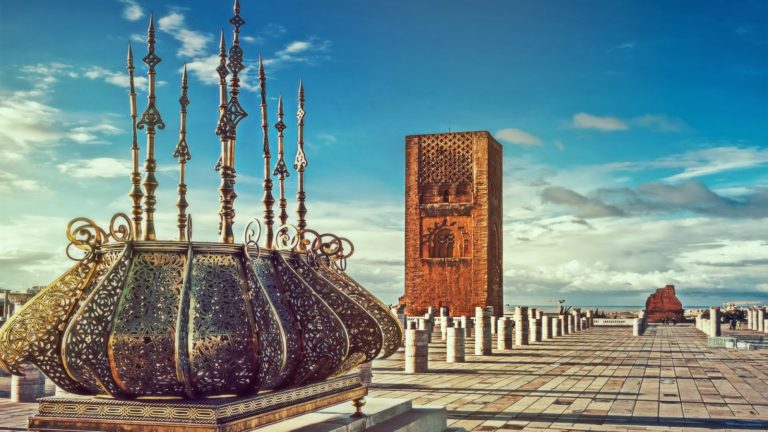
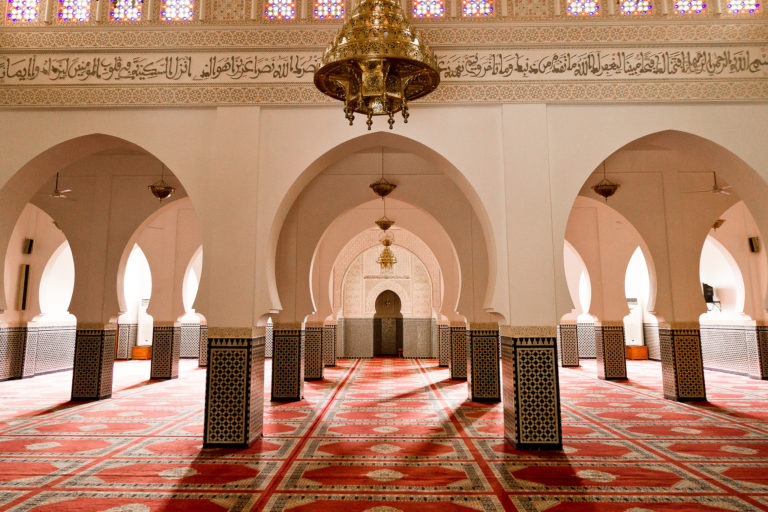
Fes the spiritual
To start with the oldest, most secretive city: high-walled Fes, religious heart of Morocco and capital of a medieval empire. Narrow lanes where transport is by mule snake downwards to a labyrinthine centre. Here stands the Qaraouiyine Mosque, sur-rounded by crumbling religious colleges and thronging souks, niche- like shops where tailors painstakingly stitch Kaftans, eateries where Calf trotters steam, alleys pungent with the smell of cedar wood shavings. But it is at night fall, gazing out over the terrace roofs of Fes, with the prayer call rising from the mosques and swifts whis-tling by, that you best sense the spirit of Fes.
Tranquil Meknes
Less visited is near neighbour Meknes, a Medina onto which warring, restless Sultan Moulay Ismail grafted a palace complex of Versailles-like scale in the 17th century. Kilometres of ramparts and gates, granaries,stabling and a vast reflecting pool have survived. Nearby, out in the olive groves, stand the scattered columns and arches of Roman Volubilis, perfect setting for a sword-and sandal epic. from Meknes, you can head south across a region of cedar forests to Erg Chebbi desert in Merzouga via Midelt.
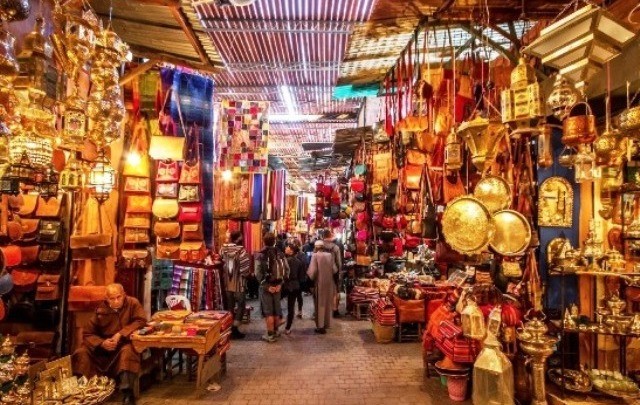
Marrakech the joyful City Red
Eating and a spot of shopping must be a highlight of any trip to Morocco. Marrakech most frivolous of Morocco’s cities, in the place for this. (Natives of Marrakech are nick-named bahja, fun-times). Garden courtyard dining is of the essence with Andalucian lute music to aid digestion. (For post-prandial recreation, the city has a hundful of night –sports from the brash to the extra-louche).
In the Souks, everything is possible: monsieur requires fifty copper lanterns set with moonstones and one of those Boujaad rugs? No problem, we ship next week sir. The Marrakech region also has the most interesting range of acommodation. Old city homes are now guesthouses, most mauresque in character. While the uber-rich take their mini-breaks in the villas in the palm groves, there are plenty of backpacker places in Jemaa el Fna. Futher afield, in dusty villages, converted Kasbahs stand sentinel to welcome the visitor. And in Atlas villages, kipping under the stars on your trek guide’s roof is part of the experience for your Trip to desert via Ouarzazate and Ait benhaddou kasbah and to ride camel in erg chebbi of Merzouga!
Food and drink Moroccan cuisine
The finest of the Moroccan arts is undoubteldly its cuisine. There are the basics Harira and bessera soups, kebabs, couscous, Tagine and the famous pastilla, pigeon, egg and almonds in layers of filo pastry. And there are other dishe, less well known, gazelle’s horns, coiling m’hencha and other fabulous patisseries, The Moroccans consider their traditional cooking to be on a par with Indian, chinese and french cuisine–though the finest dishes are prob-ably to be found in private homes. Today, however, upmarket restaurants, notably in Marrakech, give the visitor an idia of what fine Moroccan food can be. Moroccan cuisine is beginning to get the international respect it deserves with new restaurants opening in European capitals, however, the spicesand vegetables, meat and fish, fresh from the markets of Morocco, undoubtedly give the edge to cooks in old mdina houses. The climate and soils of Morocco means that magnificent vegetables can be produced all year round, thanks to assiduous irrigation.Although there is industial chicken pro-duction,in many smaller restaurants the chicken you eat is as likely to have been reared by a small-holder. beef and of course lamb come straight from the local farms In addition to the basic products, Moroccan cooking gets its characteristic flavours from a range of spices and minor ingredients. Saffron (zaafrane) though expensive, is widely used, and no Moroccan kitchen is without its saffron-substitute, the famous yellow colorant. Turmeric (kurkum) is also much inevidence. Other widely used condiments include a mixed all spice referred to as ra’s el hanout (headvof the shop) cumin (kamoun), black pepper, oregano and rosemary (yazir) prominent greens in use include broad-leaved parsley (ma’dnous) coriander (kuzbur) and, in some variations of couscous, a sort of celery calery called kelfes. preserved lemons (modestly called bouserra, navels, despite their breast-like shape) can be found in fish and chicken tajines or bastilla! drinks water sidi ali orange!
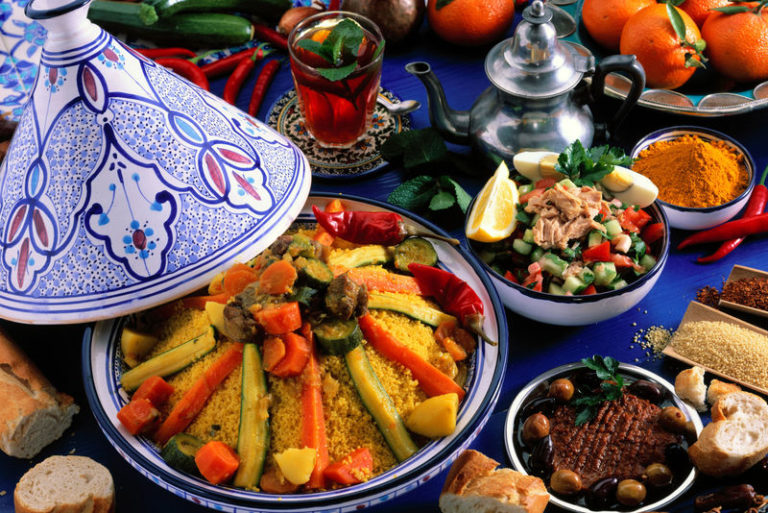
Before you travel Getting in Morocco
Passports Always carry photocopies of key pages of your passport with you!
All visitors need a passport to gain entry into Morocco. Report the loss of your passport immediately to police giving the number, date and place of issue. The last hotel at which you stayed will have this information on the registration from. Getting fresh documents will probably entail a trip to Rabat and/or Casablanca. Tip: send your passport details to a personal email address for easy retrieval.
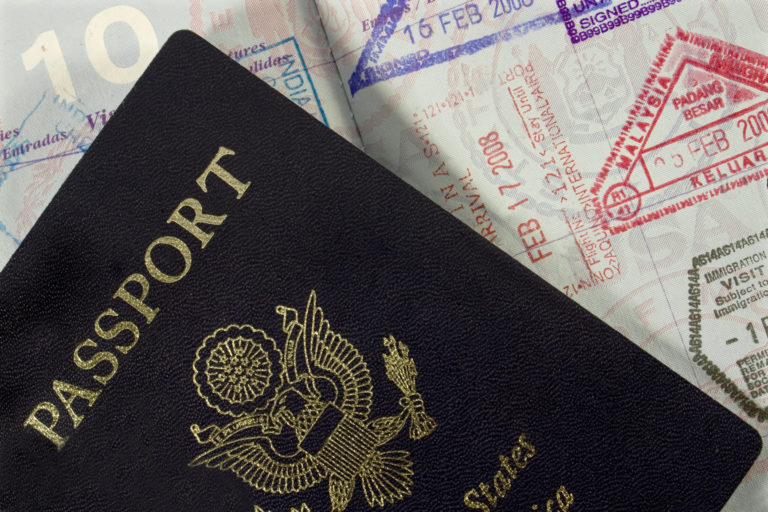
Visas
From the point of entry travellers can stay in Morocco for (3) months!. No Visas are required for full passport holders of the UK, USA, Canada, Australia, New Zealand, Canada, Ireland and all the EU countries. Benelux passport holders require visas at the present time. one the aeroplane or boat, or at the border, travellers will be required to fill in afrom with standard personal and passport details, an exercise to be repeated in almost all hotels and guesthouses, Kasbah, Riad throughout the country.
Visa extensions time require a visit to the Immigration or Bureau of Strangers department at the police station in a larger town, as well as considerably patience. An easier option is to leave Morocco people coming into Morocco from either of these Spanish enclaves for a second or third time have on occasion run into problems with the Moroccan customs. With numerous foreigners resident in Agadir and Marrakesh, it may be easiest to arrange visa extensions in these cities. Approval of the extension has to come from Rabat and may take a few days.
Language of Morocco
Arabic is the official language of Morocco, but nearly all Moroccans with a secondary education have enough French to communicate and also English In the North, Spanish maintains a presence thanks to TV and radio.
Outside education, however, Moroccan Arabic in the cities and Amazigh in the mountains are the languages of everyday life. and attempts to use a few words and phrases, no matter how stumblingly, will be appreciated Those with some Arabic learned elsewhere often find the Moroccan Arabic difficult. It is characterised by a clipped quality (the vowels just seem to disappear )and the words taken from classical Arabic are often very different from those used in the Middle East. In addition, there is the influence of the Authentic Berber languages and a mixture of French and Spanish terms, often heavily ‘Moroccanised’. In many situations French is more or less understood. However you will come across plenty of people Who have had little opportunity to go to school and whose French may be limited to a very small number of phrases.
Let’s get started on your
Personalised Trip Plan
Please contact us for a tailor made Morocco itinerary with price quotation
